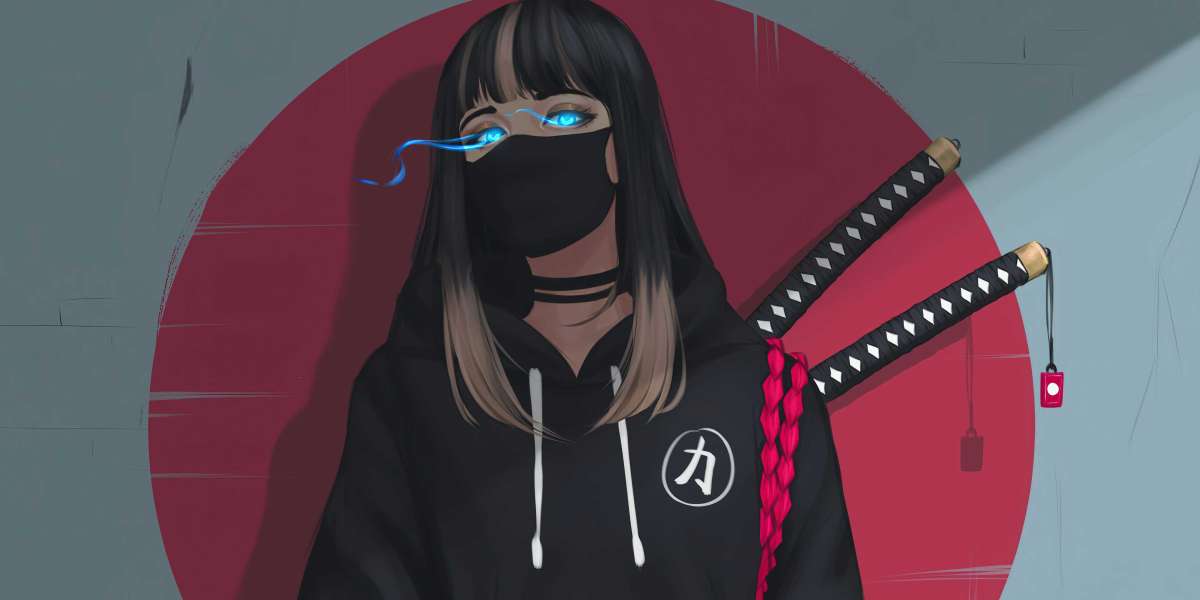In today's competitive market, maintaining high standards of quality is essential for any business. One of the most effective methods for ensuring product integrity is through visual inspection. This process involves the careful examination of products to identify defects, inconsistencies, or any issues that may compromise quality. But why is visual inspection so crucial in quality control?

Understanding Visual Inspection
Visual inspection is a non-destructive testing method that relies on the human eye or optical instruments to assess the quality of a product. It is widely used in various industries, including manufacturing, pharmaceuticals, and food production. The primary goal is to detect any anomalies that could affect the product's performance or safety.
Key Benefits of Visual Inspection
- Cost-Effectiveness: Implementing visual inspection can significantly reduce costs associated with product recalls and warranty claims.
- Immediate Feedback: Inspectors can provide instant feedback, allowing for quick adjustments in the production process.
- Enhanced Safety: By identifying defects early, visual inspection helps ensure that products meet safety standards, protecting consumers and companies alike.
- Quality Assurance: Regular visual inspections contribute to maintaining consistent quality, fostering customer trust and loyalty.
How Visual Inspection Works
The process of visual inspection typically involves several steps. Inspectors begin by reviewing the product specifications and quality standards. They then examine the product using their eyes or tools such as magnifying glasses or cameras. This method allows for the detection of surface defects, color inconsistencies, and other visible issues.
What happens if a defect is found? Inspectors document their findings and may recommend corrective actions. This feedback loop is vital for continuous improvement in the production process.
Challenges in Visual Inspection
While visual inspection is a powerful tool, it is not without its challenges. Human error can lead to missed defects, especially in high-volume production environments. Additionally, factors such as lighting conditions and inspector fatigue can impact the accuracy of inspections. Therefore, it is essential to implement training programs and utilize technology to enhance the effectiveness of visual inspections.
Integrating Technology with Visual Inspection
Advancements in technology have significantly improved the capabilities of visual inspection. Automated systems equipped with cameras and artificial intelligence can analyze products with greater precision and speed. These systems can complement human inspectors, reducing the likelihood of errors and increasing overall efficiency.
In conclusion, visual inspection plays a vital role in quality control across various industries. By ensuring product integrity, businesses can enhance customer satisfaction and maintain a competitive edge. As technology continues to evolve, integrating automated solutions with traditional inspection methods will further strengthen the quality assurance process.







